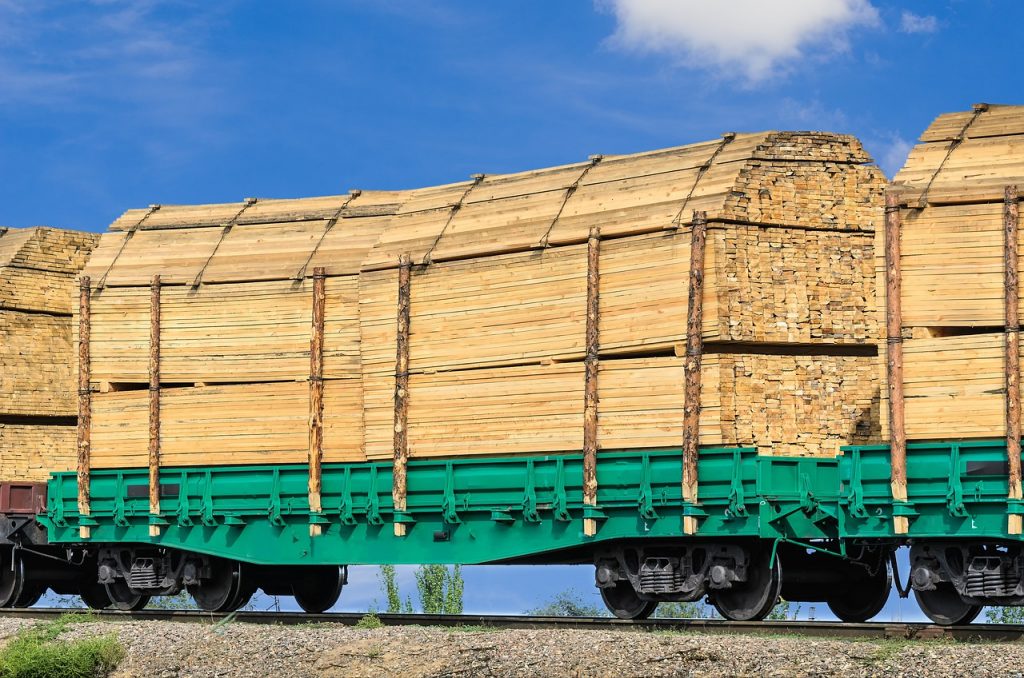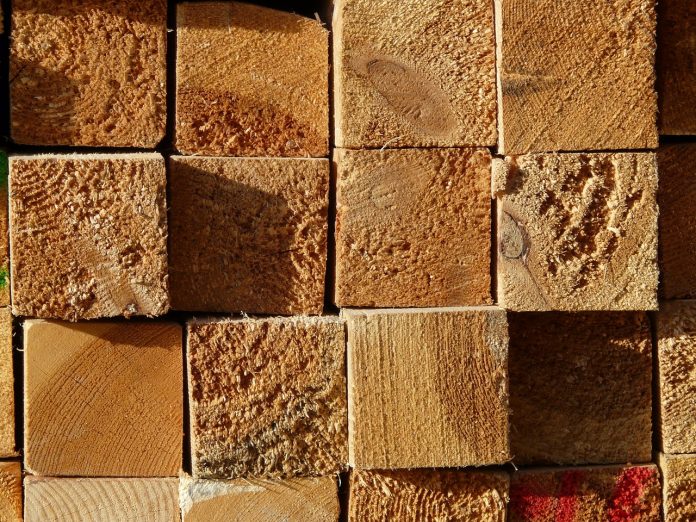Manufactured home builders and buyers will continue to face COVID-related, historically high lumber costs, but may find seasonal relief with an autumn price drop created by the slowing of construction and home improvement in the county’s northern tier.
Cavco Industries President Bill Boor said the availability of lumber has loosened in recent weeks, and some lumber types in most markets have dropped in price.
“It’s nice to see some relief from the fast and huge run-up this year,” Boor said. “Where we were very concerned about getting lumber at any price a short while ago, availability has really improved.”
Lumber, and the greater than 160% increase in cost since COVID-related shutdowns began, has been the thorn in the side of manufactured home builders in all parts of the U.S.

The Cost of Lumber is ‘Eating Our Lunch’
Legacy Housing CEO Curtis Hodgson was quoted by the Wall Street Journal recently to have said during an investor conference “Lumber’s eating our lunch”.
The spring and summer’s dramatic increase in the cost of lumber is the result of low inventory in anticipation of a spring crash given COVID restrictions. While there was a short, sharp dip, the demand for lumber rose rapidly throughout the spring and summer as a move to the suburbs ensued aside massive homeowner push for expansions and improvements. Most building industry analysts and operators anticipated a longer and more disruptive lull in building and home buying.
Lumber mills and warehouses have spent much of the interim catching up.
Monthly home starts, for instance, dipped very briefly in the spring but were at pre-pandemic highs of better than 1.4 million again by July. Shiller’s Home Price Index followed a similar route before rising and leveling in the early fall.
Rich Rice, general manager for Adventure Homes, in Garrett, Ind., said lumber purchasing pressure has eased in recent weeks from the unprecedented heights.
“We have an unprecedented backlog, the demand for homes has not slowed at all for us during the pandemic,” Rice said. “Interest rates are at an all-time low with no changes in sight.
“Unprecedented, I can’t believe how many times I’ve used that word recently,” he added.
Rice said at the Garrett, Ind., facility, lumber costs make up about 24% of the value of the home.
Will Autumn Drop in Lumber Cost Impact HUD Home Builders?
Companies that build manufactured homes in cold-weather states may gain the most with high demand and an annual price reprieve.
Tim Hartzell is the director of pricing for Commodore Corporation, based in Indiana but with facilities from Pennsylvania to North Carolina.
“The run-up was hard to understand, and our home cost per house went up $5,000 to $8,000 in lumber alone,” Hartzell said.
He said plants in the south feel the effect of price changes about four weeks after the market trend is identified. In the midwest, it’s been more like eight weeks.
“And some parts of the industry iron that out, so we may not even see all of that run-up, in the plant, but it’s still a big number,” Hartzell said.
Timber futures are difficult to analyze much less to predict correctly, and the continuing backlog of home orders likely will require manufacturers to order lumber and other materials at full tilt regardless.
Boor said the cost of lumber typically stays relatively low into December before rising through January and into February. But given the market disruptions in 2020, annual market trends are anything given.
“We think about it a lot and make decisions based on the best information, but tend to not speculate on the direction of prices,” Boor said. “We will increase inventory targets if and when we are worried about actually being able to get a given material, but are less likely to base our decisions on pricing.”










